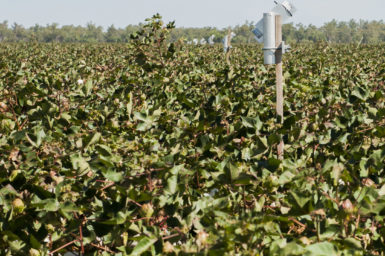
These results might be relevant to agriculture studies in regions of similar latitudes, especially the Nordic countries, and support the general assumption that climate change should have a positive impact on crop production at high latitudes.Ĭlimate change is expected to have both positive and negative impacts on crop production and food security around the world ( Schleussner et al., 2018 Ray et al., 2019), depending on the area considered and on adaptation strategies ( Olesen et al., 2011). The results of this modeling exercise suggest that the cultivation of annual crops in Sweden should, to some degree, benefit from the expected increase of temperature in the coming decades, provided that little to no water stress affects their growth and development. At the northernmost site, forage maize, oats and spring wheat showed decreasing risk of crop failure with increasing temperatures. Changes in temperatures and CO 2 were the main factors explaining the changes in productivity, with ~89% of variance explained, whereas changes in precipitation explained ~11%. Forage maize showed best performances for temperature increases of 2–3☌ in all locations, except for the northernmost site, where the highest simulated yield was reached with a 5☌ increase. The optimum temperature for spring wheat was similar, except at the northernmost site (63.8°N), where the highest yield was obtained with a 4☌ increase in temperature. Projected future trends showed that barley and oats will reach a maximum increase in yield with a 1☌ increase in temperature compared to the 1980–2005 baseline. All simulation sets were compared in terms of production and risk of failure. A second set of simulations was then run using incremental changes in precipitation, temperature and CO 2 levels, corresponding to a range of potential future climate scenarios. A first set of simulations was run using site-specific daily weather data acquired between 19. The APSIM crop model was used to simulate the productivity of four annual crops (barley, forage maize, oats, and spring wheat) over five sites in Sweden ranging between 55 and 64°N.


Our aim was to investigate how increasing temperature and CO 2 as well as changes in precipitation could affect potential yields for different historical pedoclimatic conditions at high latitudes (i.e., >55°).

Ongoing climate change is already affecting crop production patterns worldwide.


 0 kommentar(er)
0 kommentar(er)
